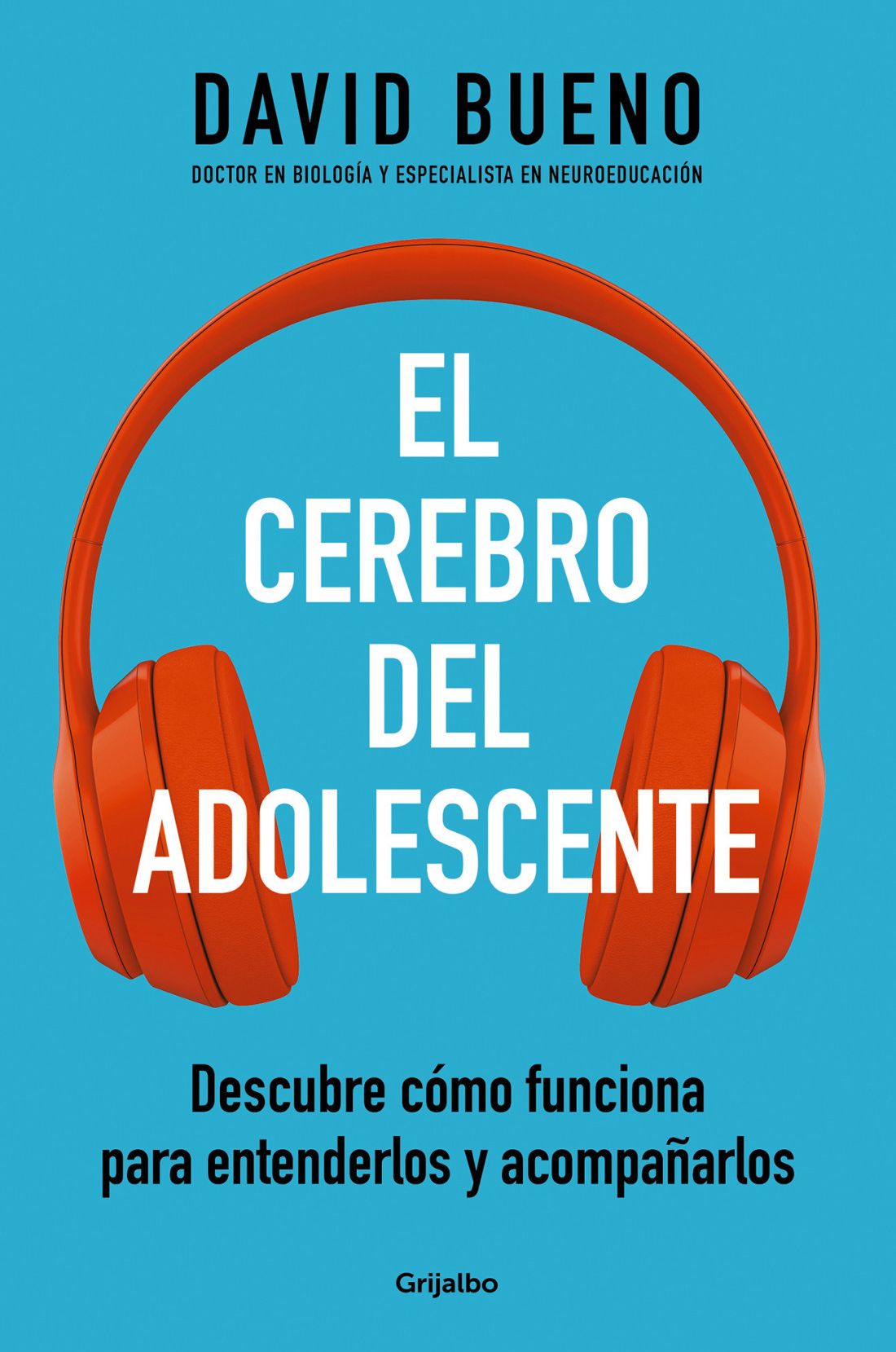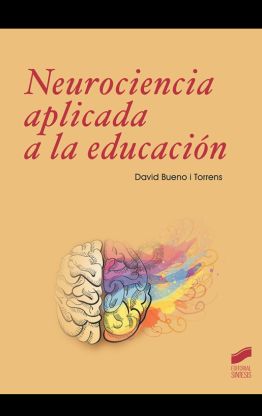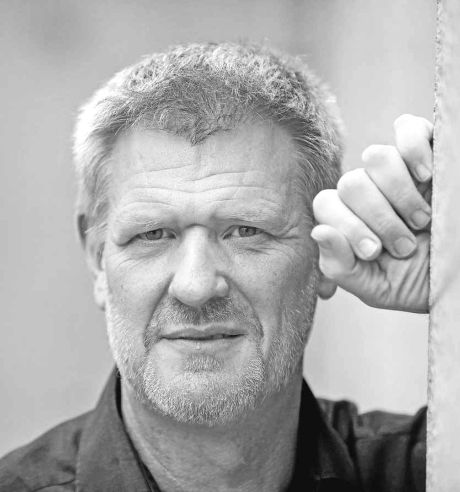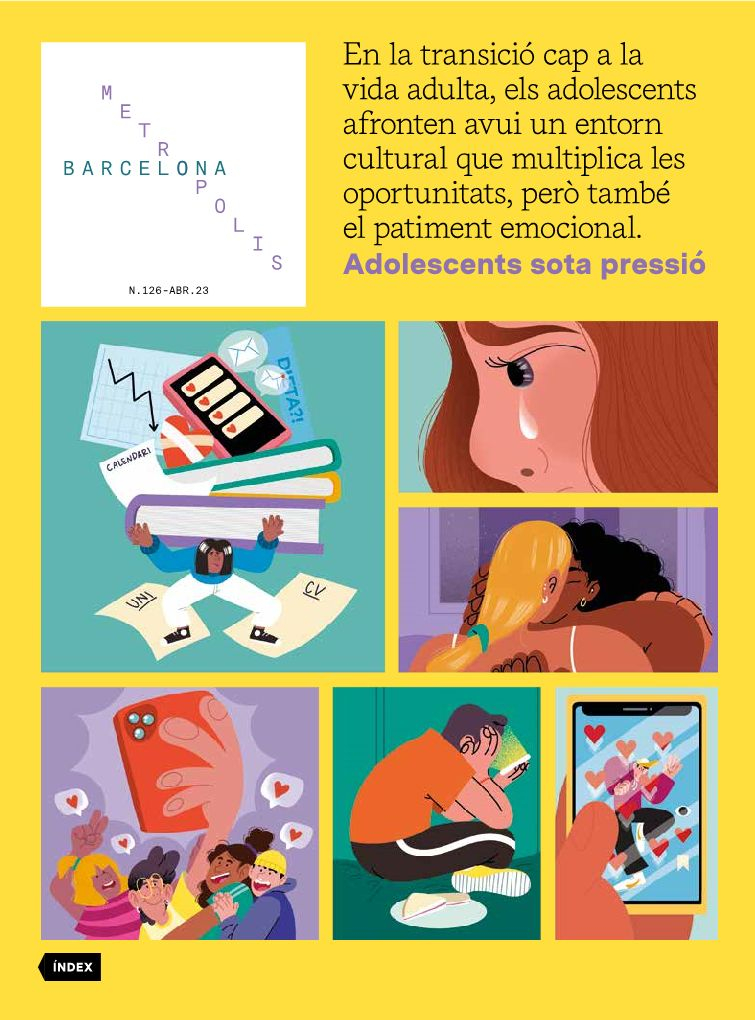The teenage brain, a time of change and transformation
- Dossier
- Apr 23
- 10 mins

During adolescence, morphological and physiological changes take place that have a profound effect on the brain. Instinctively, teenagers seek to push the established boundaries and question everything they have learned during childhood, as a way of entering the adult world.
Adolescence is a crucial life stage, a time of change and transformation in which youth and adulthood are built. Biologically, the developmental transition in adolescence implies leaving behind childlike behaviours, with dependency on adults for everything, in order to become an adult, with equal rights and responsibilities. Morphological and physiological changes take place that have a profound effect on the brain. Cognitive capacities progressively mature and behaviour patterns change, often not at the same time. Many neural networks are restructured, as a result of biological and genetic programming, but also in dynamic interaction with the environment. A multitude of new neural connections are established that allow age-specific learning and experiences to be stored and that create new patterns of behaviour, while there is also a process of controlled removal of other neural connections, basically those that maintained childlike behaviours, a process known as “neural pruning”.
However, all these processes do not occur in isolation, but are underpinned by childhood and pre-adolescence experiences. This article outlines some of the key features of the teenage brain and their mental development. It also discusses the importance of keeping adolescents stimulated, giving them emotional support without overprotecting them, setting good examples and helping them to steer clear of chronic stress.
Building the main scaffold
The brain is an organ in a constant process of formation and restructuring, leading to the gradual maturation of mental functions and cognitive capacities. These changes are not linear. However, at some points in life, the brain’s intrinsic biological and genetic programming prioritises the establishment of certain neural connections, which conditions – but does not determine – behaviour patterns later in life. Therefore, to talk about the teenage brain, we must start with childhood. And even earlier, with foetal development.
Several studies have shown that during the last weeks of foetal development, the brain engages in its first learning, which is reflected in neural connections. For example, children born to mothers who experienced moderate or high levels of psychosocial stress during the second half of gestation have been shown to have a reduction in the volume of grey matter in the brain and a deficit in the control of executive functions, including alterations in the connectivity of the prefrontal cortex and amygdalae. The prefrontal cortex includes the neural networks that allow us to reflect, plan and make decisions based on reasoning and to control emotions. The amygdala, in turn, is the area that generates emotions, and its functioning is highly automated.
Between birth and the age of three, the brain helps to establish neural connections that absorb information from the environment, with a special emphasis on the socio-emotional environment. This allows children’s behaviour patterns to adapt to the environment in which they live. In other words, the environment has a direct effect on the brain’s physical structure through the establishment of neural connections, which condition subsequent behaviour patterns. For instance, family and social stress has been said to influence the connectivity of various parts of the cerebral cortex related to the control of emotions, leading to more impulsive behaviour and a higher likelihood of depression later in life. Curiosity and creativity also wane, especially from adolescence onwards.
Noteworthy between the ages of four and eleven is the development of what are known as core competencies, derived from the three key pillars in education: living together, doing and knowing (in that order). In this sense, the maturation of the so-called theory of mind is particularly important. This is the mental capacity that allows us to take other people’s mental states into account without assuming that their ideas or thoughts are the same as our own, and vice versa. It also involves distinguishing between an action and the goal pursued by that action, even if this goal has not been explicitly revealed. This mental function involves several areas of the brain, such as the prefrontal cortex and other areas involved in empathy. It is also the time for the development of logical-mathematical, reading and writing skills, enhancing memory per se, as well as placing value on effort.
Positive parenting is conducive to the teenager’s empowerment: it boosts confidence, curiosity, creativity, motivation and optimism.
Effort deserves a specific mention, since it is a crucial capacity to keep moving forward in life. It has been shown that when a person perceives that the effort required to achieve a milestone is achievable and also anticipates that the process will be fulfilling (or rewarding), brain mechanisms linked to motivation and optimism are activated, which encourage achievement. It is therefore important to value the effort that children make in itself, beyond the achievement of the goals they have set for themselves or that we have set for them, so that they discover the value and importance of this cognitive process that allows them to develop the necessary resources to overcome difficulties and to be resilient.
Similarly, positive parenting, as opposed to negative parenting, is conducive to the teenager’s empowerment. It boosts confidence in their own resources, curiosity, creativity, motivation and optimism. Negative parenting is characterised by little or no emotional warmth and negative criticism of the attitudes that need to be redirected in children (e.g. “what a disaster”, “you never do anything right”, “how many times do I have to tell you that...”). Positive parenting, on the other hand, is the exact opposite: non-overprotective emotional support and positive, purposeful and proactive redirection of the attitudes that need to be corrected (e.g. “we can do this better, or differently”).
All this creates the basic scaffolding on which adolescence will be built. In the knowledge that everything can be redirected because the brain still has great plasticity and malleability. But this scaffolding helps to preconfigure the transition towards youth and adulthood.
Changes in the adolescent brain
Adolescence is, as mentioned above, a crucial time of change and maturing, in which several elements need to be taken into account. One of the most obvious is the delay in circadian rhythms, which marks the states of sleep and wakefulness. It is a biological cycle that lasts approximately 24 hours and is generated automatically by certain genetic, neuronal and physiological processes. This system allows the body’s functions to start working shortly before waking up, and in the twilight it helps the relaxation that precedes a good night’s sleep.
During adolescence, due to the maturation of the pineal gland and other areas of the brain involved in the control of circadian rhythms, this cycle is altered. Night-time sleepiness starts later, and in the morning the body and brain also begin to activate later than during childhood and adulthood. This, combined with the schedules teenagers must regularly follow, leads to a lack of rest for some adolescents, which has been shown to reduce cognitive performance and increase stress.
It is important that, when we want adolescents to make reasoned decisions and take charge of their own emotions, we reduce their stress level.
Changes also occur in three key parts of the brain, which provide insight into many of the behaviours they display. On the one hand, the amygdala, which is the neural nucleus that generates emotions, becomes hyper-reactive. This means that the response to any situation is quicker and more emotionally intense. This has a biological explanation. Adolescents have to face adult situations for the first time without the baggage of experience that grown-ups have accumulated over time. When faced with a new situation, they often do not know whether it is a threat or an opportunity, and they need to react quickly. This is precisely the role of the emotions system: to generate rapid responses to situations that are perceived as urgent.
In parallel, the prefrontal cortex undergoes a profound reorganisation. It acquires many new connections and eliminates others that it had, which causes it to temporarily lose efficiency in its functioning. The role of the prefrontal cortex is to enable and manage reflection, planning, decision-making based on the reasoning that has been done, and the control of emotional states. It is not that teenagers cannot perform any of these cognitive functions. They can, of course, but it requires more effort and more time on their part. They have hyper-reactive emotions and more difficulty controlling them and reflecting on the consequences of their actions.
Moreover, stress, especially when it is chronic and moderate or acute in intensity, has been shown to further impair the functioning of the prefrontal cortex, with all that this implies. On top of this, teenagers’ level of stress tends to be somewhat higher than that of children and adults. It is therefore important that, when we want adolescents to make reasoned decisions, reflect, plan and take charge of their own emotions, we reduce their stress level or, at least, we do not use strategies that add to their stress. This does not mean that we cannot reprimand them so as not to “stress them out”. Needless to say, if necessary, we should do so. But we should always find the time of least stress, doing so in a positive, purposeful and proactive way, and without neglecting to support them emotionally. We must instil their trust in the process.
Breaking boundaries
Instinctively, adolescents seek to push the established (personal, family and social) boundaries and question everything they have learned during childhood and to reposition themselves among their peers to enter the adult world. This is due to the maturation of another part of the brain, the striatum, which is responsible for generating feelings of reward and anticipating future rewards for actions taken now. This is why it is closely related to motivation and optimism, and to seeking out new things that can be rewarding. This encourages them to try out new experiences and sensations, to push established boundaries and to attach great value to the reinforcement received from one’s entourage, both from adults and peers, regardless of whether it is positive or negative. This search for new sensations that generate rewards is not properly counterbalanced by the capacity to control impulses during this life stage, due to the loss of efficiency in the functioning of the prefrontal cortex and emotional hyper-reactivity.
Altogether, emotional hyper-reactivity, combined with the search for new rewarding sensations and a low capacity for the executive control of impulses and behaviour in general, generates the contradictions and ups and downs typical of adolescence. They are inevitable, and what is important from a formative perspective is not that they do not occur, but that, little by little, they are redirected towards more adult behaviour. The main problem arises when an adolescent or group of adolescents perceives attitudes that may prove harmful to themselves or to society as rewarding, such as starting to use toxic substances.
Lastly, it should be emphasised that stress, when it becomes chronic, becomes the main obstacle to a teenager’s proper brain maturation. It heightens emotional impulsivity and hinders the establishment of reflective reasoning patterns that lead to good planning skills, including the planning of challenges and efforts that they find fulfilling so that they can continue to progress. Adolescents are under pressure in the phase of transition they are going through, but we need to be very careful not to exacerbate this pressure, as it is one of the main sources of stress. For this reason, they must feel emotionally cared for, but not overprotected (they must learn to create their own challenges and to overcome those that arise, based on trust with their entourage), they must see appropriate models of behaviour in their adult environment (parents, teachers, peers and society in general) and we must help them to have the necessary experiences to keep them stimulated.
References
Bueno, D. Cerebroflexia. El arte de construir el cerebro. Plataforma Editorial, Barcelona, 2016.
Bueno, D. Neurociència per a educadors. Rosa Sensat, Barcelona, 2017.
Redolar. D. (ed.). Neurociencia cognitiva, 2nd Ed. Editorial Médica Panamericana, Madrid, 2023.
Redolar. D. (ed.). Psicobiología. Editorial Médica Panamericana, Madrid, 2018.
Stasen Berger, K. Psicología del desarrollo. Infancia y adolescencia. Editorial Médica Panamericana, Madrid, 2016.
Recommended publications
 El cerebro del adolescenteGrijalbo, 2022
El cerebro del adolescenteGrijalbo, 2022 Emociones a raudales. David Bueno and Maria TricasOctaedro, 2023
Emociones a raudales. David Bueno and Maria TricasOctaedro, 2023 Neurociencia aplicada a la educaciónEditorial Síntesis, 2019
Neurociencia aplicada a la educaciónEditorial Síntesis, 2019
The newsletter
Subscribe to our newsletter to keep up to date with Barcelona Metròpolis' new developments




